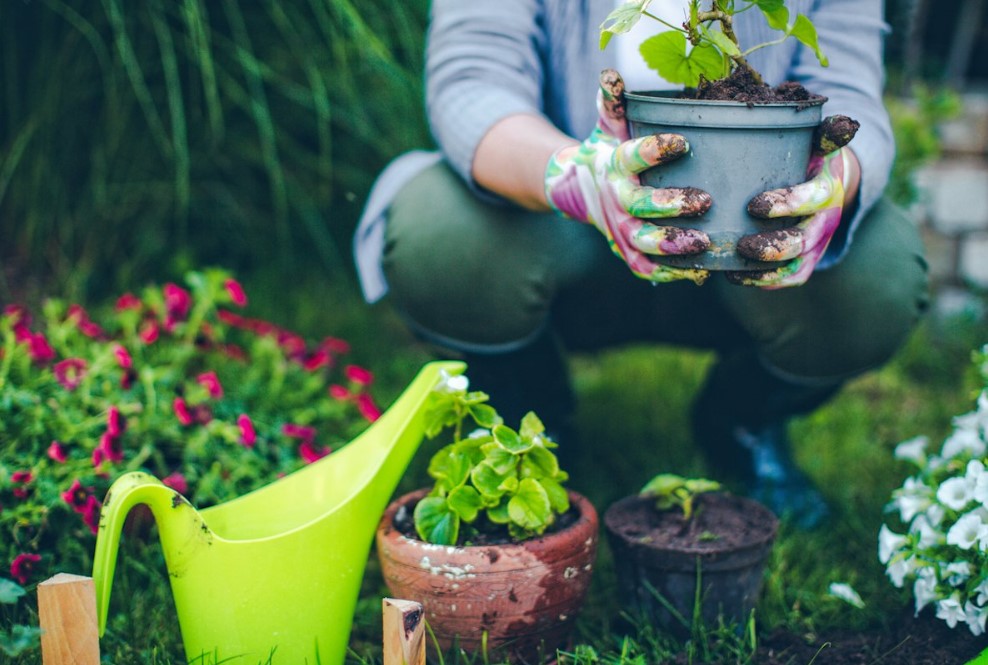
Do you love to garden? Do you get excited when you start planning the layout for the coming year? When you put so much time and effort into your garden, you want to get a lot out of it. If you don’t feel that your plants are as big and as healthy as they could be, you might want to consider making some changes in how you do things. Here are some ways you can grow bigger plants in your garden.
Use a Greenhouse
One of the best ways to grow bigger plants is to start them earlier. You might not have the space or equipment to grow them inside your home, so you should consider getting a greenhouse. Greenhouses come in a variety of materials and sizes, so if you don’t have space for a huge one, you can use a small one and get the same benefit. Glass greenhouses tend to be more popular than plastic options because glass greenhouse windows let in more light and hold in more warmth than plastic ones do.
When you use a greenhouse to grow your plants, you will find that you have a much longer growing season and that your fruit and vegetable production goes way up. Additionally, you’ll find that you can grow things that you might not be able to otherwise. For example, if you live in a cooler environment where peppers struggle to grow, you can easily grow them in your greenhouse.
Prep the Ground
Without good soil, you’ll never have a great garden. Before putting your plants in the ground, make sure you do what you can to enrich the soil and give as many nutrients to it as possible. One easy way to do that is to put cardboard on the ground when you’re first preparing the soil in early spring. The cardboard acts as a weed barrier and will decompose and turn into carbon in the soil. The cardboard will also attract worms to it, which will help break up the soil, allowing more nutrients and water to get deeper into the ground.
Something else that you can add on top of the cardboard is straw. The straw acts as another weed barrier and, like the cardboard, breaks down over time, putting calcium and phosphorous in the soil. Both are vital nutrients for the plants that will go into the garden. The straw will also help hold moisture in the ground, and the plants will be better protected against extreme changes in outside temperatures.
